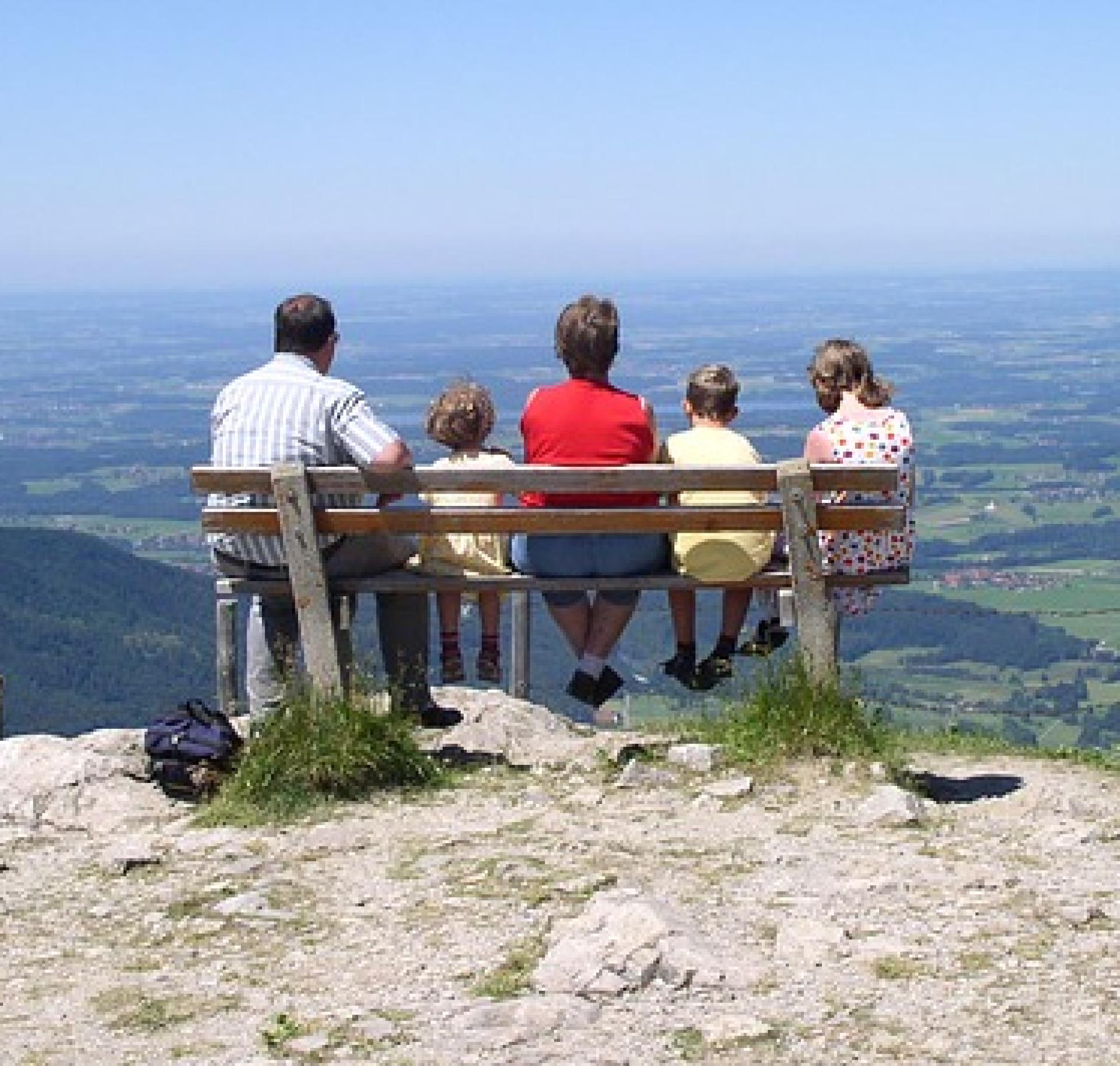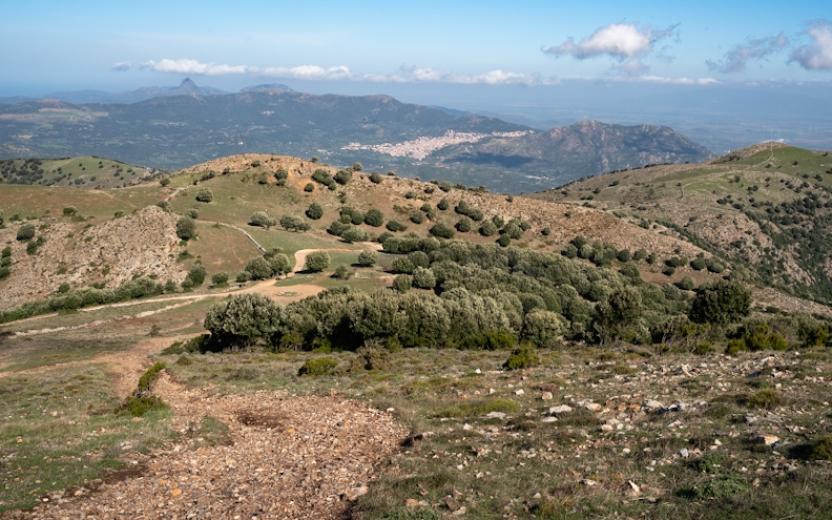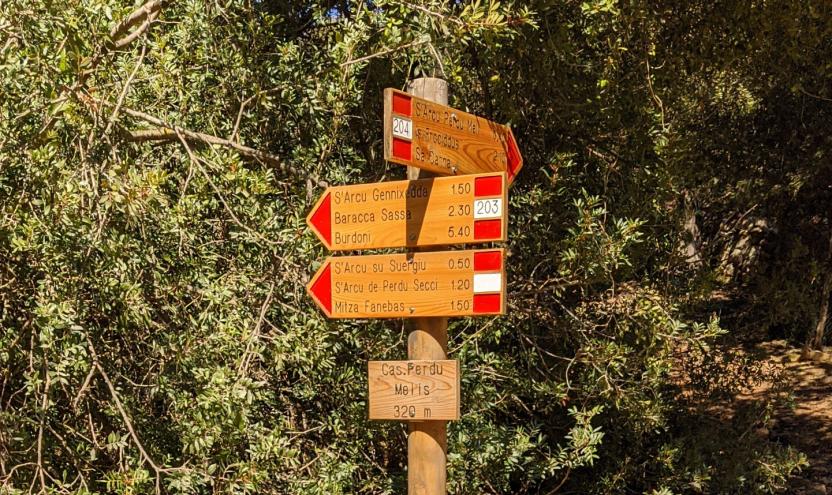Hiking
Hiking è una camminata en plain air della durata massima di una giornata (dall’inglese to hike). Un’esperienza simile trekking (to trek: fare un lungo viaggio, dunque durata maggiore dell'hiking, anche più giorni) che enfatizza il gesto tecnico-sportivo del camminare. Molti sentieri della R.E.S. sono particolarmente semplici e ben raggiungibili, quindi adatti per fare hiking e trascorrere qualche ora in Natura: lungo questi percorsi di breve-media lunghezza, anche i più piccoli potranno scoprire l’Isola dei sentieri...



